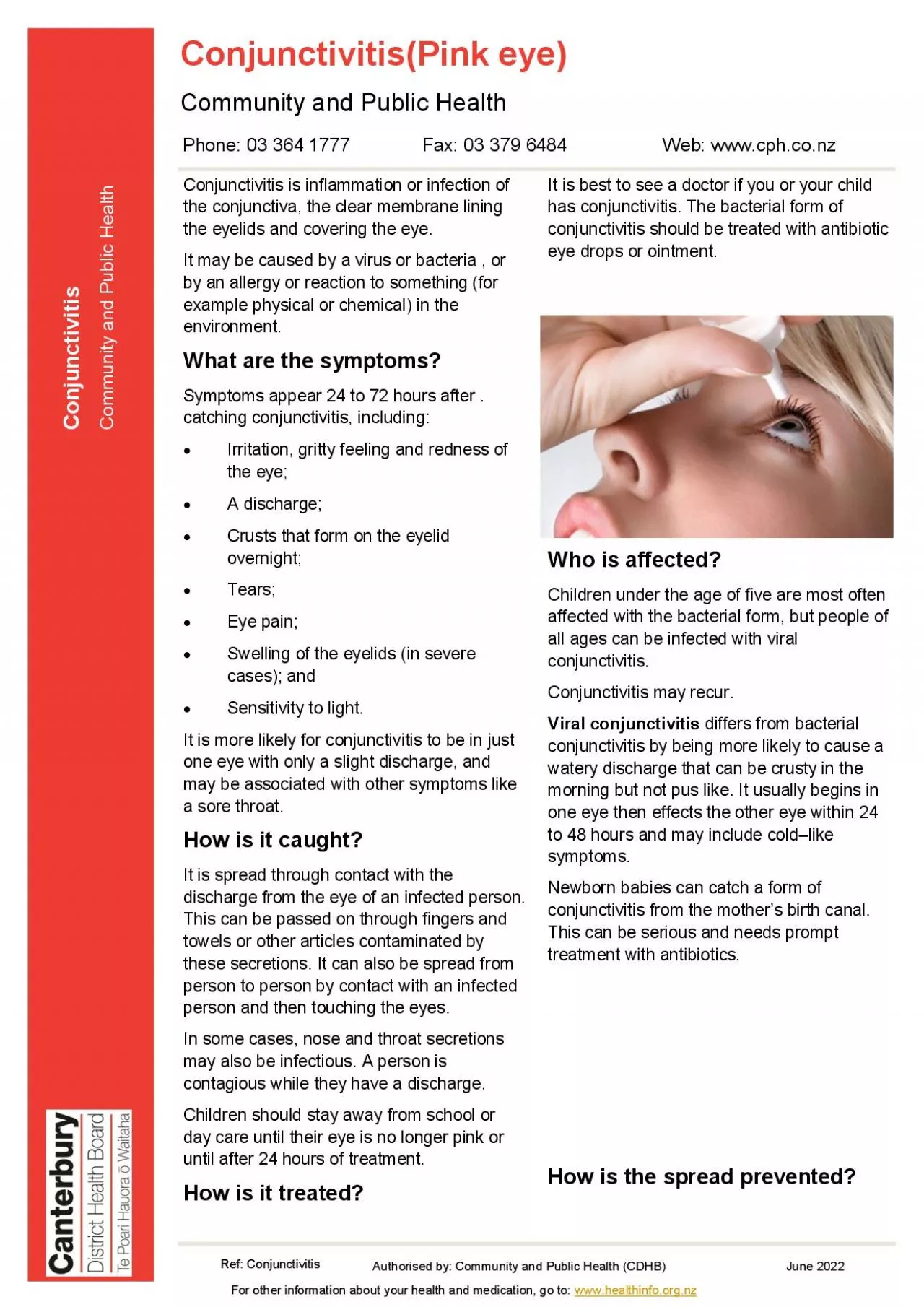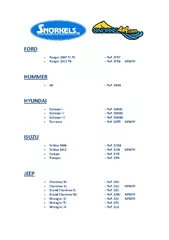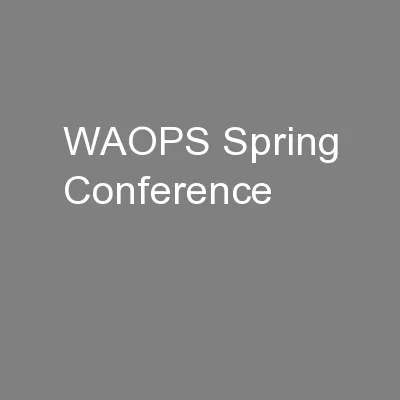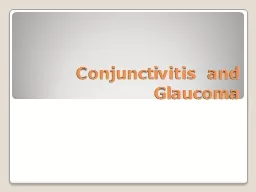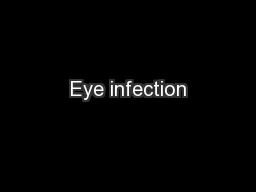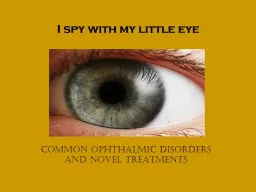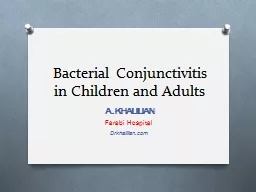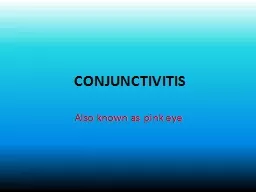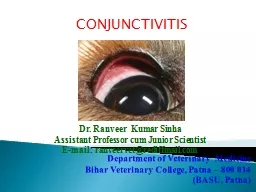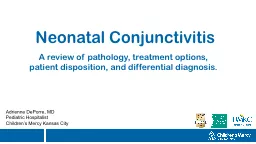PDF-Ref Conjunctivitis
Author : ashley | Published Date : 2022-08-24
Authorised by Community and Public Health CDHB June 2022 Conjunctivitis is inflammation or infection of the conjunctiva the clear membrane lining the eyelids and
Presentation Embed Code
Download Presentation
Download Presentation The PPT/PDF document "Ref Conjunctivitis" is the property of its rightful owner. Permission is granted to download and print the materials on this website for personal, non-commercial use only, and to display it on your personal computer provided you do not modify the materials and that you retain all copyright notices contained in the materials. By downloading content from our website, you accept the terms of this agreement.
Ref Conjunctivitis: Transcript
Download Rules Of Document
"Ref Conjunctivitis"The content belongs to its owner. You may download and print it for personal use, without modification, and keep all copyright notices. By downloading, you agree to these terms.
Related Documents

